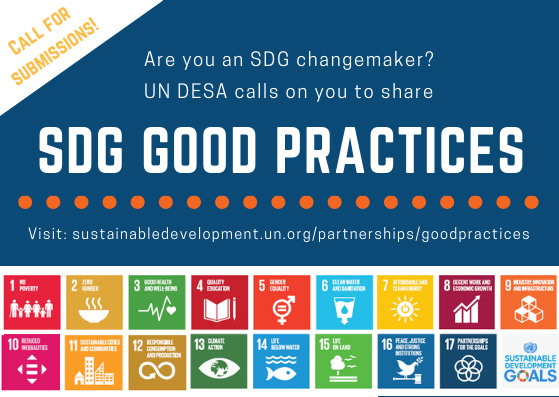Toyota Wild Boar Meat Curry
Description
o Toyota City has been selected as one of 29 “SDGs future cities” by the Government of Japan that can serve as a model to promote the implementation and monitoring of SDGs at the municipal level.<br />
o What makes the Toyota City initiative unique is the existence of a major urban and rural platform. The two platforms are linked organically and can solve cross-sectoral problems by involving stakeholders from both areas to promote SDGs while strengthening their urban-rural linkage.<br />
o A good practice has emerged from the rural platform, an organization known as Oiden Sanson Center, which coordinates exchange programs between urban and rural areas.
o A company running a chain of curry restaurants in Aichi Prefecture contacted Oiden Sanson Center about holding a course to teach its employees about agriculture and where the ingredients used in its products come from.<br />
o During the course, the company learned that the destruction of fields by wild boars and other wildlife was a major issue for people living in the area. <br />
o It subsequently proposed producing and marketing curry made from wild boar meat as a local contribution activity. (Since game meat is not popular, vermin extermination programs had not achieved the desired results.)
o Merchandise development: Wise Co. running 15 curry restaurants called CoCo Ichibanya in Aichi Prefecture.
o Official mascot design: Aichi Prefectural Asuke High School
o Coordinator: Oiden Sanson Center
o A game processing plant, high school students from the village and the company worked together to develop a wild boar meat curry with the support of Oiden Sanson Center.
o Curry is a popular dish in Japan
o In the future, data can be expected to be collected on:
Short/medium term: Increase in the number of wild boar caught and ratio used for food
Long term: Reduction in damage by wildlife, including crop damage and total agricultural yield; Regional vitalization, including the number of agricultural workers and population
Transition of the number of migrants to rural areas;
FY2014 FY2015 FY2016 FY2017 2018 (from April to December)
Households 77 71 83 122 71
Population 228 225 251 357 210
o Unanticipated outcome: The staff training was made into a “creating shared value” project in the company
o Oiden Sanson Center brought together stakeholders in urban and rural areas that until then had no contact with each other.
o Existence of a coordinating organization
o Powerful leadership
o Involvement of multistakeholders
o This project enabled us not only to exterminate vermin stably, which was important because the vermin destroy the fields, but also to make good use of the game meat for a local specialty and enrich the local economy.
o In the long term, it has great potential for promoting migration to the area and creating more agricultural jobs, which will in turn revitalize the community and further reduce damage by wildlife.
o Cost/Efficiency: All stakeholders participate in this project as part of their own business or organizational activities.
o Possibility of launching projects with a similar synergy in other locations through the establishment of a coordinating organization like Oiden Sanson Center.
The linkage of various stakeholders made it possible to find solutions, create new value, and boost economic circulation in the city.
o Oiden Sanson Center
http://www.oiden-sanson.com/
o Toyota Wild Boar Meat Curry
https://www.discovermuranotakara.go.jp/sentei/select5/no16/
http://www.oiden-sanson.com/sansonshow/pickupshow/entry-1586.html
SDGS & Targets
Deliverables & Timeline
Resources mobilized
Partnership Progress
| Name | Description |
|---|
Feedback
Action Network


Timeline
Entity
Region
- Asia and Pacific
Geographical coverage
Website/More information
Countries

Contact Information
Tatsuyoshi SUZUKI, Director of Center
